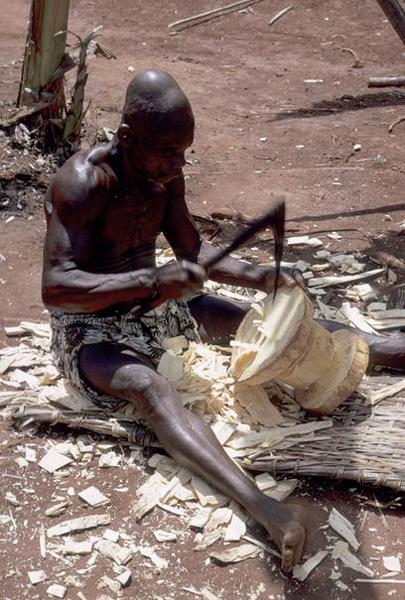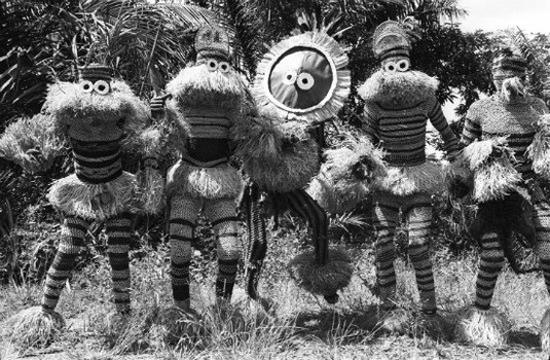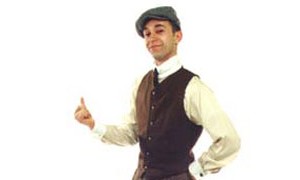It's been 40 years since the death of American photographer Eliot Elisofon, whose work documenting African life and culture is being celebrated at the National Museum of African Art in Washington D.C..
Over a four-decade career, Elisofon worked to dispel crude stereotypes of Africa portrayed by Hollywood and the popular media of the time. He also tirelessly promoted the incredible wealth of African art and sculpture to the world.
He despised the "Tarzan" series of Hollywood films made in the 1930s, which de-humanized and stereotyped Africa and Africans.
"Americans knew a lot about Africa. The problem is, what they knew was wrong. Because it was mis-representations from Hollywood films, Tarzan, jungle films, safari films," said Amy Staples, senior archivist at Eliot Elisofon Photographic Archives.
 |
| Chief Mogendo's principal wife |
In 1947 Eliot Elisofon began to correct these distortions through his photographic lens. The Smithsonian Institution's National Museum of African art is hosting "Africa ReViewed: The Photographic Legacy of Eliot Elisofon" using some of the 60,000 items he donated to the collection.
"He was very interested in presenting a more complex, human view of Africans through their arts and cultures. And he did that with his camera and through photography he was able to present Africans and present their art and culture in context," Staples said.
 |
| Mangbetu wood carver |
He pioneered the use of filters to enhance the images he published while working for Life Magazine and later for the National Geographic.
"The color photography brought a sense of immediacy, a sense of intimacy and a sense of humanity to African peoples, especially his photos of African leaders," Staples said.
|
| Photo of a masquerade dance performed by the Pende people in the Democratic Republic of Congo by Eliot Elisofon. |
Elisofon experimented with flash photography to bring alive a night-time masquerade dance performed by the Pende people in the Democratic Republic of Congo.
He photographed African objects and sculptures from multiple angles and with enlargements, through the influence of cubist painters like Pablo Picasso and Paul Klee.
He also collaborated with an expert at the British museum to survey thousands of collected African art works. This, Staples said, resulted in book "Sculpture of Africa" which laid foundation for African art studies in the United States and probably in the world.
During a 40-year career travelling to Africa at least eleven times, Elisofon succeeded in using the power of the image to educate America and the world about the fascinating diversity of African life.








